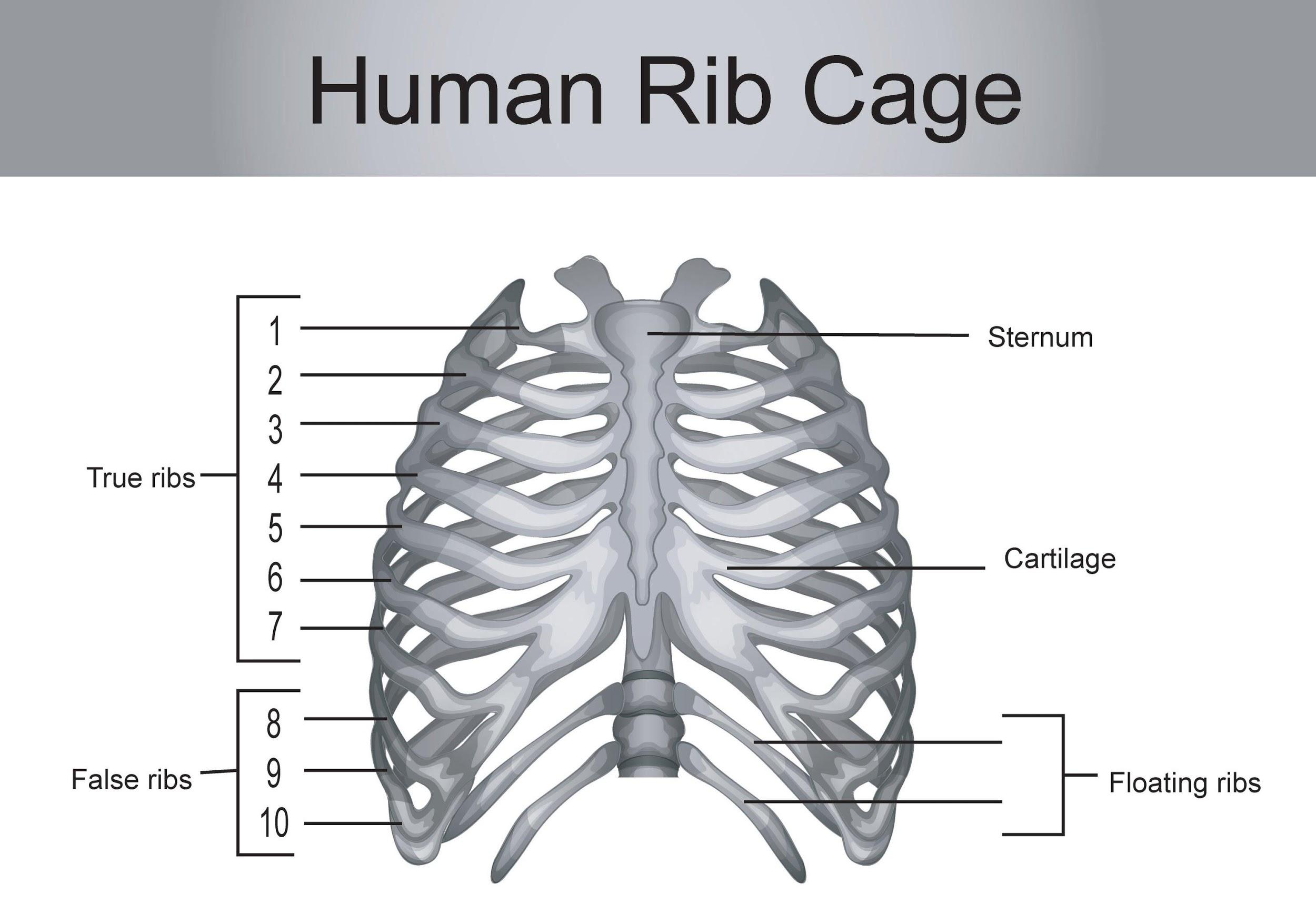How many ribs are in a human body twenty four

How Many Ribs Are in a Human Body? Twenty-Four.

Did you know that an average human being has 24 ribs? This fact about the human body may seem simple, but it holds an interesting history and significance in our anatomy.
Ribs are long, curved bones located in the chest region, also known as the thoracic cage. They form a protective enclosure around vital organs such as the heart and lungs. Each rib bone is responsible for providing structural support and protecting these delicate organs from any external impact.

The human rib cage is composed of three types of ribs: true ribs, false ribs, and floating ribs. Among these, true ribs are the first seven pairs attached directly to the breastbone or sternum via cartilage. They are called true ribs because they directly connect to the sternum and have their own independent connection.
Pairs eight, nine, and ten are called false ribs as they do not have a direct attachment to the sternum. Instead, they connect to the cartilage of the seventh rib. Lastly, the eleventh and twelfth pairs of ribs are known as floating ribs as they are not attached to the sternum or any other rib. They remain in the upper abdominal region, providing minimal support to the overall structure.
Understanding the exact number of ribs in the human body is crucial in the medical field. For instance, inaccurate rib counts during X-rays or surgical procedures can lead to misdiagnoses or errors in treatment plans. Therefore, it is essential for healthcare professionals to have in-depth knowledge about the number and structure of the ribs.
In conclusion, the human body typically consists of 24 ribs. These ribs play a vital role in protecting our heart, lungs, and other vital organs. By understanding the anatomy and structure of our ribs, we can appreciate the remarkable design and complexity of our bodies.
Source: Vedantu
Share
Related Posts
Quick Links
Legal Stuff

